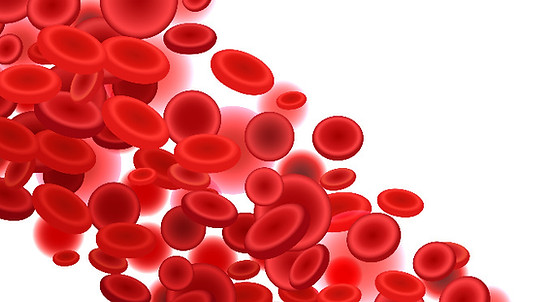
Thrombosis
Thrombosis, or the abnormal formation of a clot, can pose a serious risk to life if not treated quickly. It can typically be classified into two categories: provoked and unprovoked thrombosis. Understanding these distinctions is crucial, as they influence the choice of anticoagulation therapy and its duration.

Pulmonary Embolism (PE)
Blood clots in the pulmonary arteries are extremely perilous, as they can lead to sudden. Timely identification is crucial for initiating prompt treatment.


Deep Venous Thrombosis (DVT)
DVT can occur in any deep vein system, but the term is most often used to describe clot formation in the lower limbs, where it is a frequent site of pathological blood clots. A lower limb DVT can progress and send emboli to the lungs, leading to pulmonary embolism. In chronic cases, lower limb DVT can also result in post-thrombotic syndrome.
Anticoagulation
Anticoagulation options have advanced alongside other technologies in our lives. Despite this progress, older medications like warfarin still play a role for patients with Antiphospholipid Syndrome (APLS) and those with mechanical heart valves. For other thrombosis patients, Direct & Novel Oral Anticoagulants (DOAC/NOAC) provide a better safety profile and enhance patient compliance.



